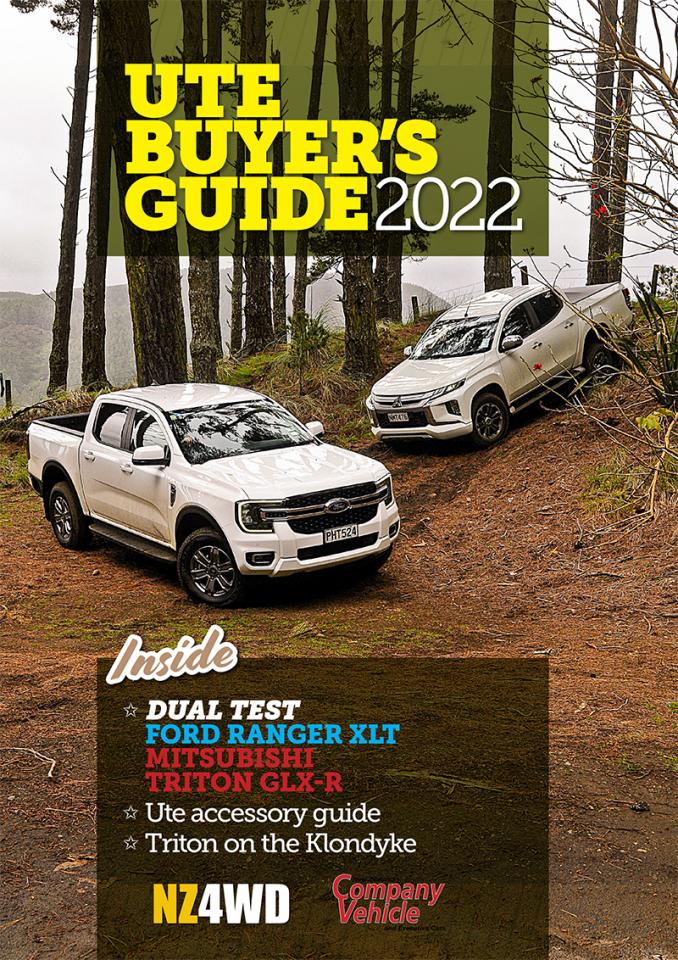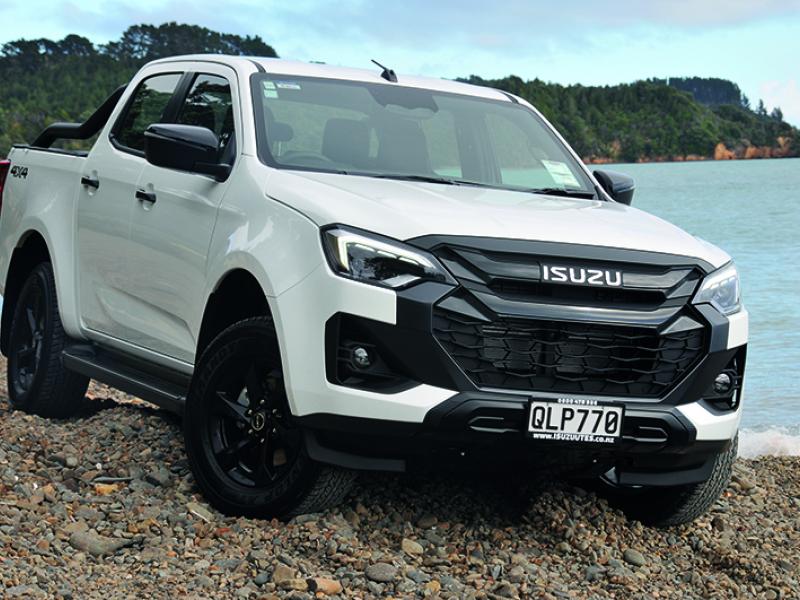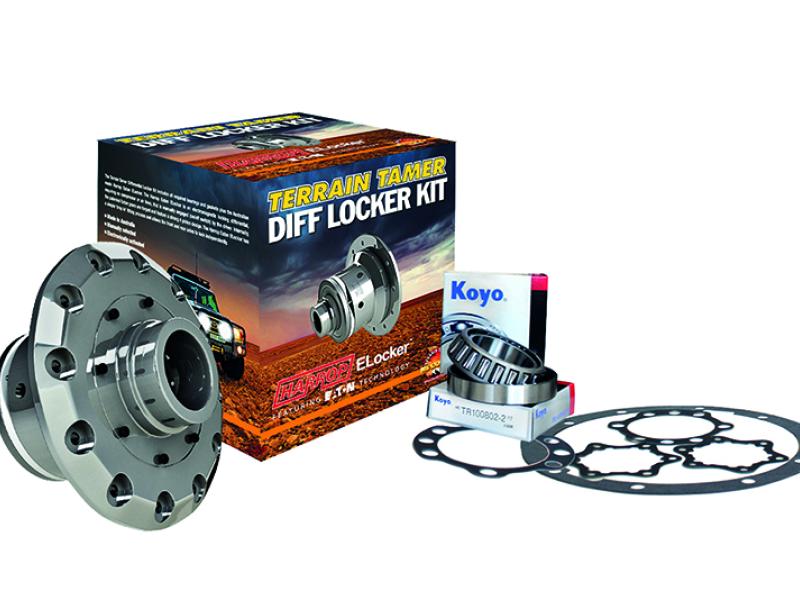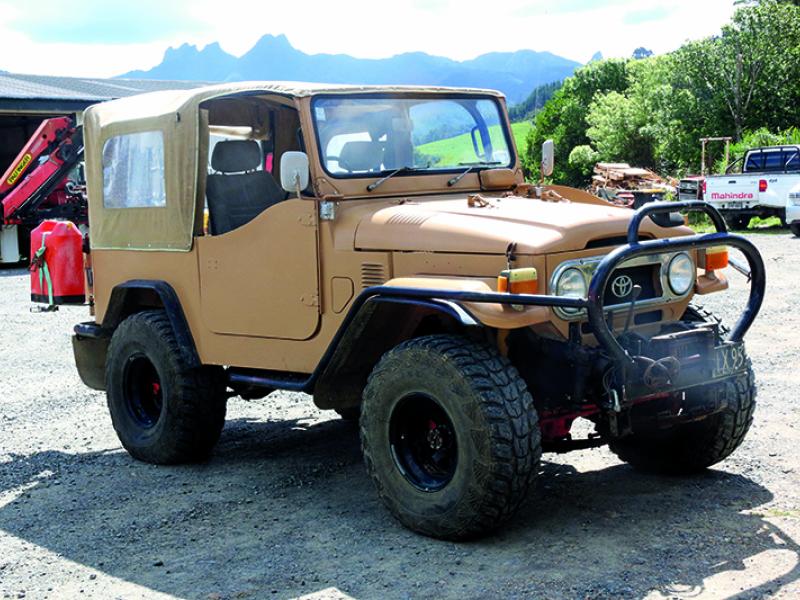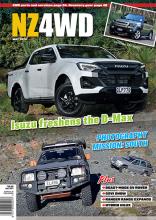While SUVs work well for families and lifestylers, the double cab, 4WD (mainly diesel) ute reigns supreme. Ute tax or no ute tax, the 4WD ‘DDC’ simply suits our way of life, the best all-season, all reason vehicle for New Zealand use.
Add in some third-world (or worse) road conditions and declining budgets for road repair, and a good strong ute is worth its weight in gold.
High profile tyres with strong sidewalls and tread construction, supple and robust suspension, and a slightly better view of the road ahead all mean utes are our ‘it’ vehicles when it comes to rough roads like State Highway 1.
Utes continue to be our most popular vehicles in the ‘commercial’ stats and even overall. When looking at the purchase of a ute costing $70,000 or more, a ute tax of 5,000 or so is not that much of a deterrent it seems. In fact, it’s more likely to drive a prospective buyer away from the lower end offerings and up the price/spec range – the ‘not-really-a-tax’ clean air impost is less of a hit at $75k than for a truck making the same level of emissions that is priced at $39k.
The next-Gen Ford Ranger has been dominant in the media all year, and with good reason. It is a credible step forward from the outgoing version, and raises the stakes in the DDC 4WD ute market considerably. But what else is here, or coming here? The Mitsubishi Triton and Nissan Navara are of course mainstream mainstays of the middle-upper price bracket and have both been evolved over several generations now. We test the Triton GLX-R in this edition of the Ute Buyer’s Guide and have a range of Rangers booked over coming months; also Nissan’s impressive Navara Pro4X. Without giving anything away, the Navara’s rear end is a revelation at this price-point. The Isuzu D-Max and Mazda BT-50 also deserve mention here, both displaying their own character on their shared platform and carrying that so-robust Isuzu engine backed by the Aisin transmission. We’ve driven most versions of both trucks and reckon they are very good for all likely uses; even better when a canopy is added.
Then we look into the coming year. Like many, we are keenly awaiting the launch of the new VW Amarok in 2023. Just like its cousin the next-Gen Ranger, the platform-shared 4WD ute is likely to take a major step forward over the current offering.
The big trucks are becoming a premier force to be reckoned with in New Zealand, with the Chev Silverado range now expanding. Ram’s 1500-2500-3500 pickups are seen everywhere people need crew space, SUV levels of luxury and technology and massive towing capacity. Ford has confirmed it will convert F150s to right hand drive for Australia, meaning it’s only a matter of time before the Blue Oval joins the market in Godzone.
Meanwhile, out in Electric-land (which some ute buyers would argue is Fantasy-land), there’s still no sign of a right-hand drive double cab 4WD non-fossil-fuelled ute. Despite politicians talking up the arrival of such a ‘unicorn’ beast during 2022, nobody’s stepped up to bring such a vehicle to market. The closest we have got so far is LDV’s rear wheel drive T-series ute, and that only in left-hand drive.
Though the Chinese are showing PR images of wee utes that are apparently electric, double cab and 4WD, the big manufacturers have stayed suspiciously quiet.
Toyota has shown a big American-sized offering that is likely to go into production in 2024 – but the Japanese brand has also come out in October saying a ‘hard’ or policy-based ban on FF vehicles is not going to work; Rivian is closer to hitting the market but only at the moment in left hand drive (thus no use in New Zealand); and a couple of charmingly naïve Kiwis have apparently slapped down deposits on Tesla’s Cybertruck despite its enduring non-existence and fluid pricing.
The makers of big pickups (Chev, Ford) have electric versions of their mighty beasts in production (Ford) or in the works (Chev), but neither have any plans to get these things onto Kiwi roads. Jeep has announced it will be an electric brand in Europe within a few years – so may just be the first big electrics to be sold here, given that many European countries drive on the left. Whether the coming wave of EV utes will have the same level of capability and towing ability as a good DDC or ‘FFDC’ (Fossil Fuel Double Cab) remains to be seen. Videos float around on Youtube demonstrating how little range even big American utes really have when towing equal loads under the same conditions. Range anxiety has not yet been conquered for the overlanding, boat fishing or just deck-building Kiwi.
All of that leaves us with the distinct impression that a current-technology fossil fuelled or hybrid 4WD is the best bet for any auto brand planning to part-electrify their model range.
Forget, though, the doom-sayer’s favourite placard. Electric vehicles do not catch fire more than their FFDC or hybrid counterparts. Yes, there are more of the latter on the road by a massive margin, which would be passed off as a reason for there being more fires – but even when rendered down to ‘fires per 100,000’ by American insurance and safety organisations, the statistics are clear: fossil-fuelled cars burn more often than hybrids or EVs. Far more. It just isn’t as sensational to report ‘just’ a vehicle fire when we’re all being hard-wired to click through to a story about an EV burning out at home or on the road.
All-up, fossil fuelled utes are still the ‘it’ product for the Kiwi lifestyle, and can be expected to remain so for quite some time. Long past the end of next year or the year after. In the meantime, those who are in the market for a new vehicle can enjoy reading our dual test, our Triton 4WD test, and real-life listings of the utes we can buy right now.


